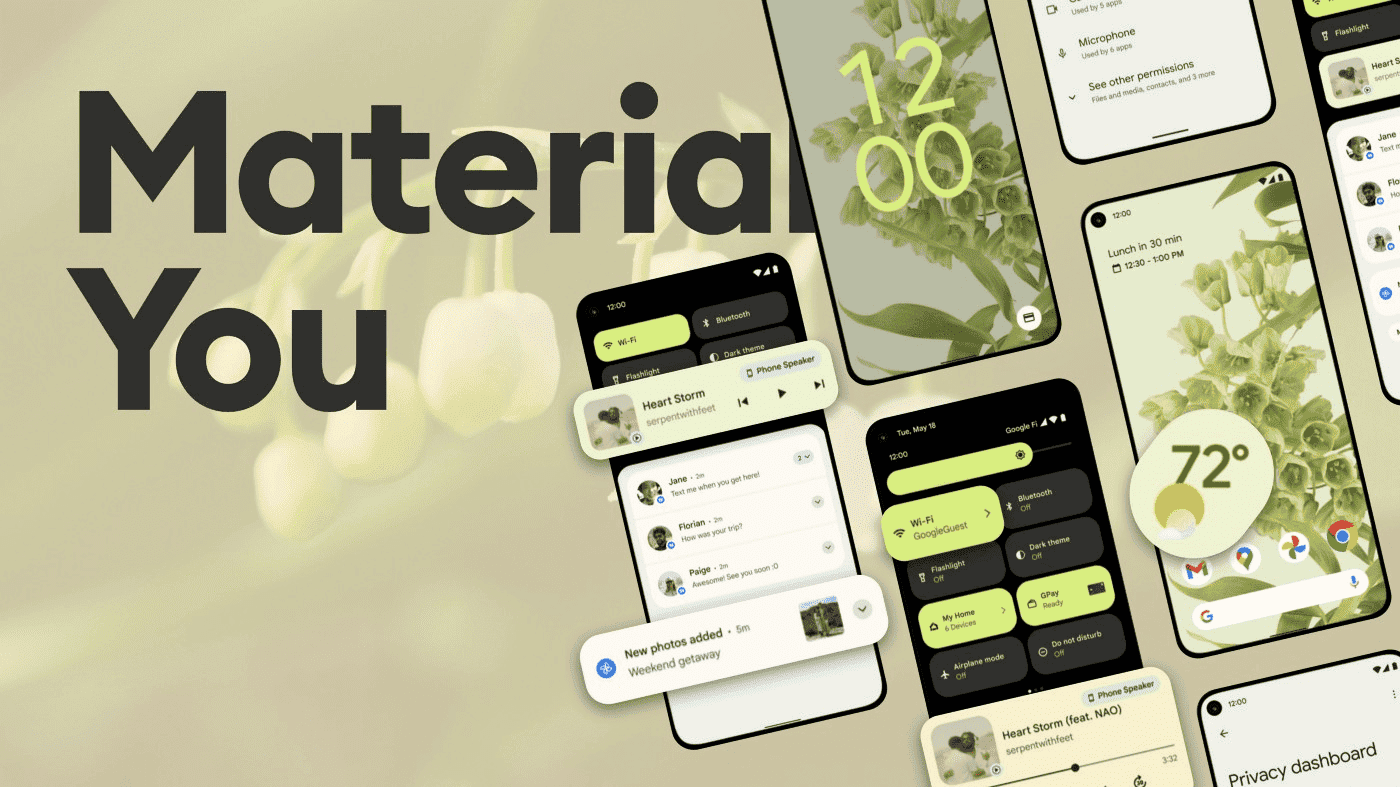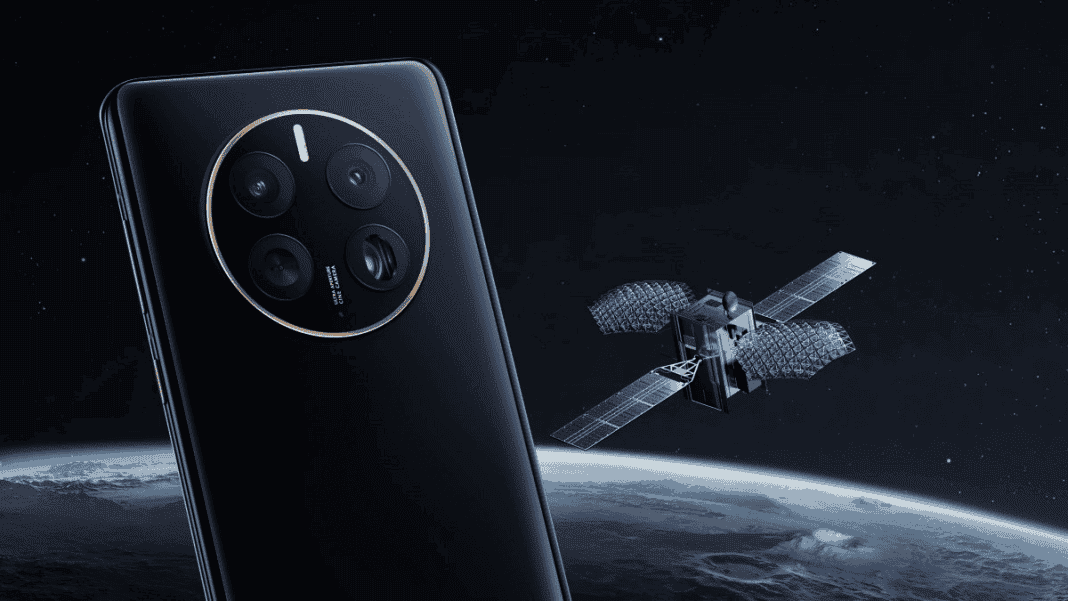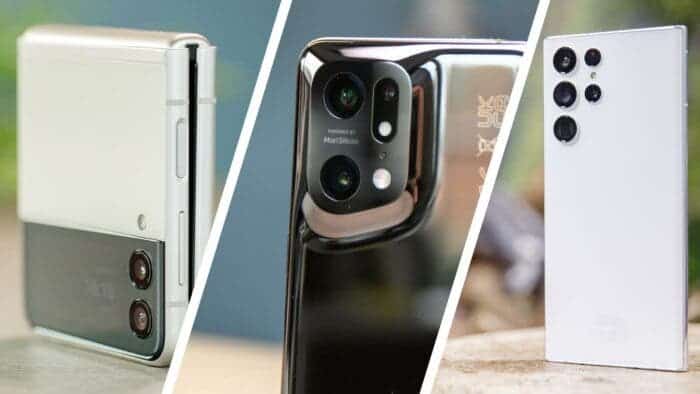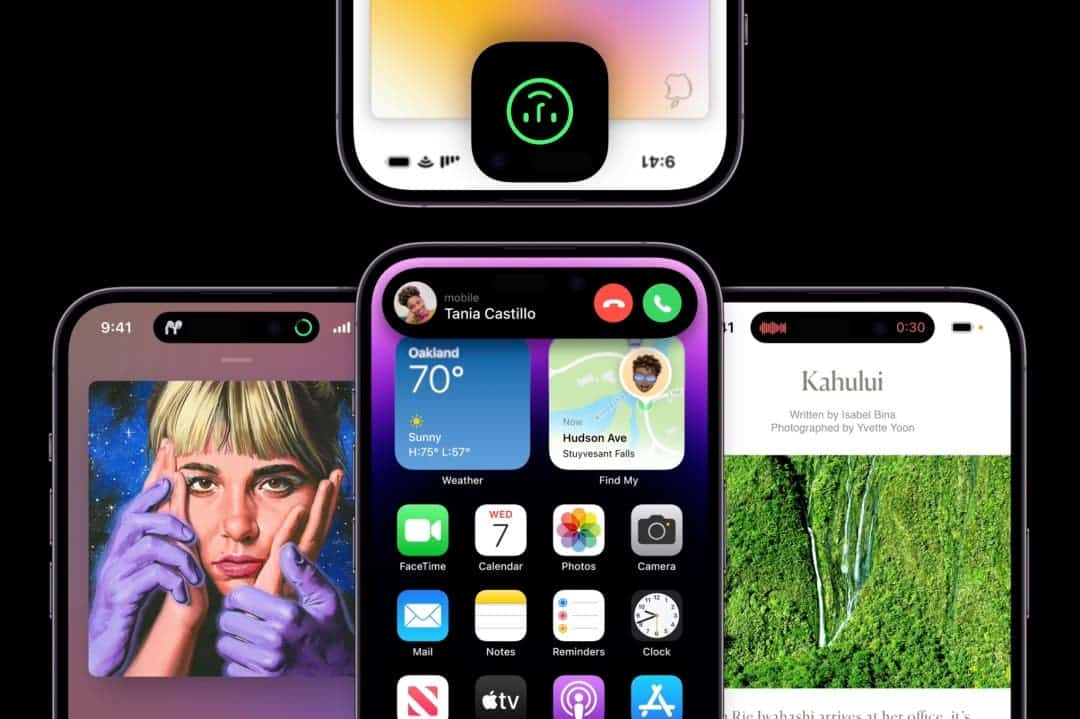We not only set good goals for ourselves, but also for our phones. 2023 will mark the release of Android 14 and, while we are learning more and more about Google‘s upcoming operating system, we also have our own wish list of features we hope to see in 2023 Android smartphones. Some of these features are already rumored, while others would be welcome if they become real.
Features we hope to get on Android smartphones in 2023
Advanced System Backup
The backup system on Android has come a long way, but it still falls short of what Apple’s system has to offer. There isn’t a dedicated software for doing this, but we can make backup copies using Google Drive and other programs like Google Photos.
For the new phone to be ready as soon as it is turned on, Android requires a complete backup mechanism that smoothly synchronizes user accounts, backgrounds, apps, and other data. It will eventually come, and I’m hoping that every Android phone, regardless of brand or model, will be compatible with it.
Better camera quality on social media apps
It is a reality that the quality of the photos and videos uploaded to social media from an Android phone is not as good as iPhone. When I see the quality of the content posted by iPhone, I get envious of iOS. I want the pictures of my cats to be uploaded without any quality degradation, just like the rivals.
After initiatives like CameraX failed, it’s time for Google to collaborate closely with developers to address this issue that affects the quality of the uploads. One of the key aspects of iOS that Android lacks is this. This is a common desire, and while it isn’t really an Android issue, it might use some improvement.
Similar to what is offered in iOS, we need improved camera performance in third-party applications like Instagram and Snapchat. To improve the user experience, Google should collaborate in this direction with smartphone companies and developers.
System-integrated desktop mode
The Mountain View company has been developing a desktop mode or PC mode for Android for some time. But it has never officially been released. This was found once more in the Google Pixel’s initial Android 13 upgrade, and it’s a pretty useful feature.
The current capabilities of modern phones allow us to use almost any app as if it were a full-fledged computer, thus getting to your desk and docking your phone before using it would be a significant productivity boost.

A new revolutionary user interface on Android smartphones
Google’s Material You design language is to thank for the improved Android aesthetic. It provides comprehensive and noticeable theming across the entire mobile operating system, although it still requires improvement.
For instance, Google had to update the themed symbols because they occasionally get us confused. Material You undoubtedly had an impact on the area of notifications and quick settings. But the design and functions of that sector start to appear extremely similar. In order to offer a more distinctive touch and avoid using permanent black, the design on this evolves to give us the choice to choose the backdrop color we want to use in the quick settings (whether you use a dark theme or not).
Add widgets to the lock screen
When we saw how iOS 16 for the first time, all we could think about was its brand new, completely customizable lock screen. We really enjoyed the ability to add widgets with further information among the options it provides.
The worst part is that this feature, which lets you swap out the clock or add new widgets, has been a part of Android since Android KitKat. In any event, Android has always emphasized customization, which, if properly done, would improve the user experience.
Dynamic island
In the smartphone industry, there are aesthetic currents that make more sense than others in addition to trends. Apple has chosen to replace its recognizable notch by incorporating a feature called a “dynamic island,”. While Android makers continue to bet on positioning the selfie camera on the screen in the most covert manner possible.
The dynamic island‘s capacity to enlarge and reduce in size to display helpful data and background activities. Such as timers or playbacks, is what makes it so intriguing. The possibilities are endless if Google introduces it to Android and with the help of third-party applications to this adaption.
Faster system updates
You might not notice this shift right away. But you will see it once your phone has been around for a while. As of right now, root certificates on Android only become current when you update the entire operating system. Of course, there is always a chance that you won’t update or that there won’t be any system updates for your phone.
The result is that if you use an outdated phone to conduct an internet search, you may find that the various websites all display security alerts that block you from navigating. When the root certificate expires in 2021, this almost occurred on Android 7 or older running smartphones.
Android Police claims that this might change with Android 14. As Google is developing a new module that would enable root certificates to be updated instantly. With this new certification module, we will be able to update via Google Play Services. Allowing Google to deliver updates as they become necessary so that we can communicate with one another. Rather than just being a component of a system package. As a result, you will be able to use the internet as usual without any issues.
Satellite connections
Eyes are turning to the significance of establishing communications in emergency situations in the midst of a 5G expansion scenario. That is taking longer than anticipated and has questionable utility for the general population.
Although we have already seen it in the iPhone 14 for only the United States and Canada and in Huawei for Canada. This satellite connectivity will continue to grow in scope in 2023. Including more operating systems and manufacturers. In fact, it is said to be compatible with the Samsung Galaxy S23.
Hiroshi Lockheimer, senior vice president of Google, revealed that it would be more than just a desire on some Android phones. We don’t know how it will be put into practice. Or whether it will solely apply to emergency calls, SMS, or slow data connections.
It would be preferable if it were implemented as a standard feature included in the operating system.

Improve gesture navigation on Android smartphones
If you use gestures to navigate, you’ve probably experienced the pain of accidentally returning to your Android home screen after swiping back and forth in certain apps.
In order to prevent unexpected closures, Google intends to implement a preview of what we will do when we swipe back. As we saw in the Android Dev Summit ’22.
To make gesture navigation fluid and intuitive, both in the system and in apps, is a tiny but necessary change. To assist developers with this effort in a visual and functional way, Google has a lot to say and do.
Custom privacy settings for apps
Apps must request the user’s consent to track them since iOS 14 in order to create personalized ad models. Leaving the users the choice in practice. The arrival of this option on Android would be fantastic new addition, but given Google’s economic strategy, it seems doubtful. For the time being, we will have to make do with a privacy sandbox that is in the middle. And will please both users and advertisers.






